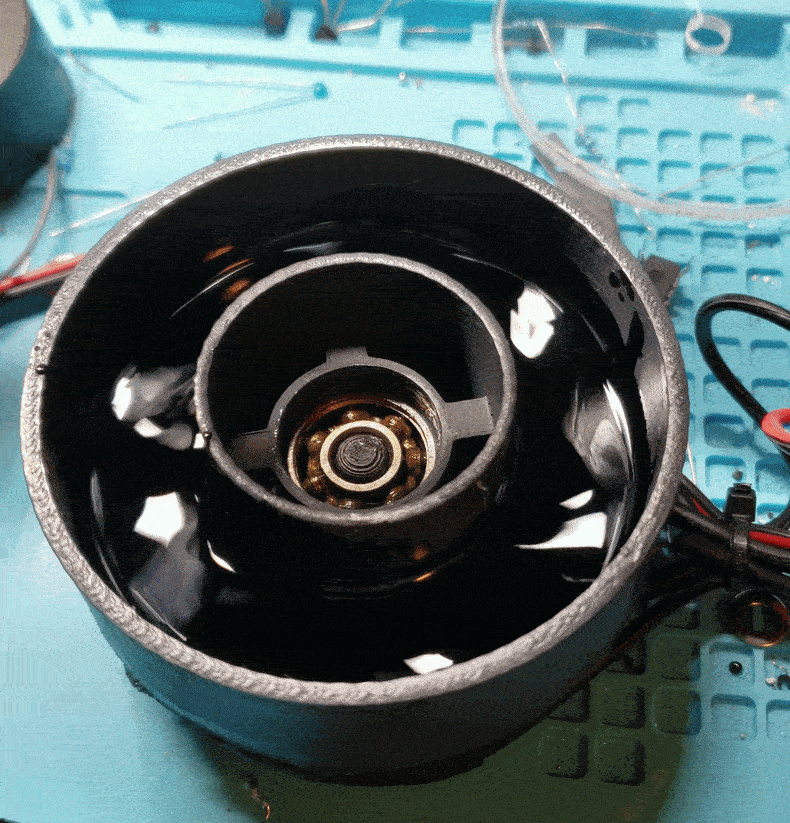The Secret Works of Students
December 31, 2019by Dr. Sandy Antunes
Ever wonder what students actually do as engineers while in college? When a Capitol senior graduates, they leave with more than a GPA and a bunch of course finals under their belt-- they also do 'real work'. In Senior Capstone, students choose, design, and build a project according to (a) their interests and (b) something hard enough to be valid. Solo or in teams, they labor for 6 months to bring it to fruition. In my Capstone classes, they also make a website about it.
These capstone projects are a look at what student engineers are actually working on behind the scenes, a record of cool ideas brought to fruition. Whether it's spinning up liquids using magnets or making software for satellites, it's their work and it's awesome. Some engineers work in hardware, some in software, so let's pick one of each.
Most people think of engineers building things, usually active moving spinning things suitable for sci-fi movies. Here's a start at that-- a novel liquid called 'ferrofluids' that react like magnets. One pair of students decided to see if they could build a spinning gyroscope in a 3-D printed shell to balance spacecraft, only using liquids instead of the usual metal wheels. Thus was born the "FerroFluid Reaction Wheel" experiment, at https://www.ferrofluid-design.com/
Their goal was "to design and construct a reaction wheel that uses ferrofluids to control attitude. By pulling the ferrofluid in a series the effect should cause a rotational force to be applied." This project is notable not just because they achieved their goal of running electromagnets in sequence to spin up the liquid to provide a gyro-like torque. They also made a poster summarizing their engineering work (https://www.ferrofluid-design.com/media.html) plus the aforementioned website for students wanting to replicate what they did. Bonus: they donated their rig to our Fusion Lab for any next-gen students who want to add on to it.
Equally part of engineering is creating software to operate systems like satellites. A student named Sophia designed the "Spacecraft Operations Packet Handler Instrument Application" or S.O.P.H.I.A. module (https://sites.google.com/view/sfotc-is/home), thus winning our 'best acronym' contest. Its self-stated goal was "to provide a more complete training environment for students to become better space flight operators by making the SFOTC simulator more realistic through simulation of a spacecraft subsystem not already contained in the lab."
In laymen's terms, she created software for a NASA flight operations strand (our SFOTC environment, https://www.captechu.edu/student-experience/labs-and-centers/space-flight-operations-training-center) that can now be used by NASA to train operators.
That's what makes Capitol fun-- real students doing real work, then sharing it. Think of this as their holiday present for the next round of Capitol students to build on.



